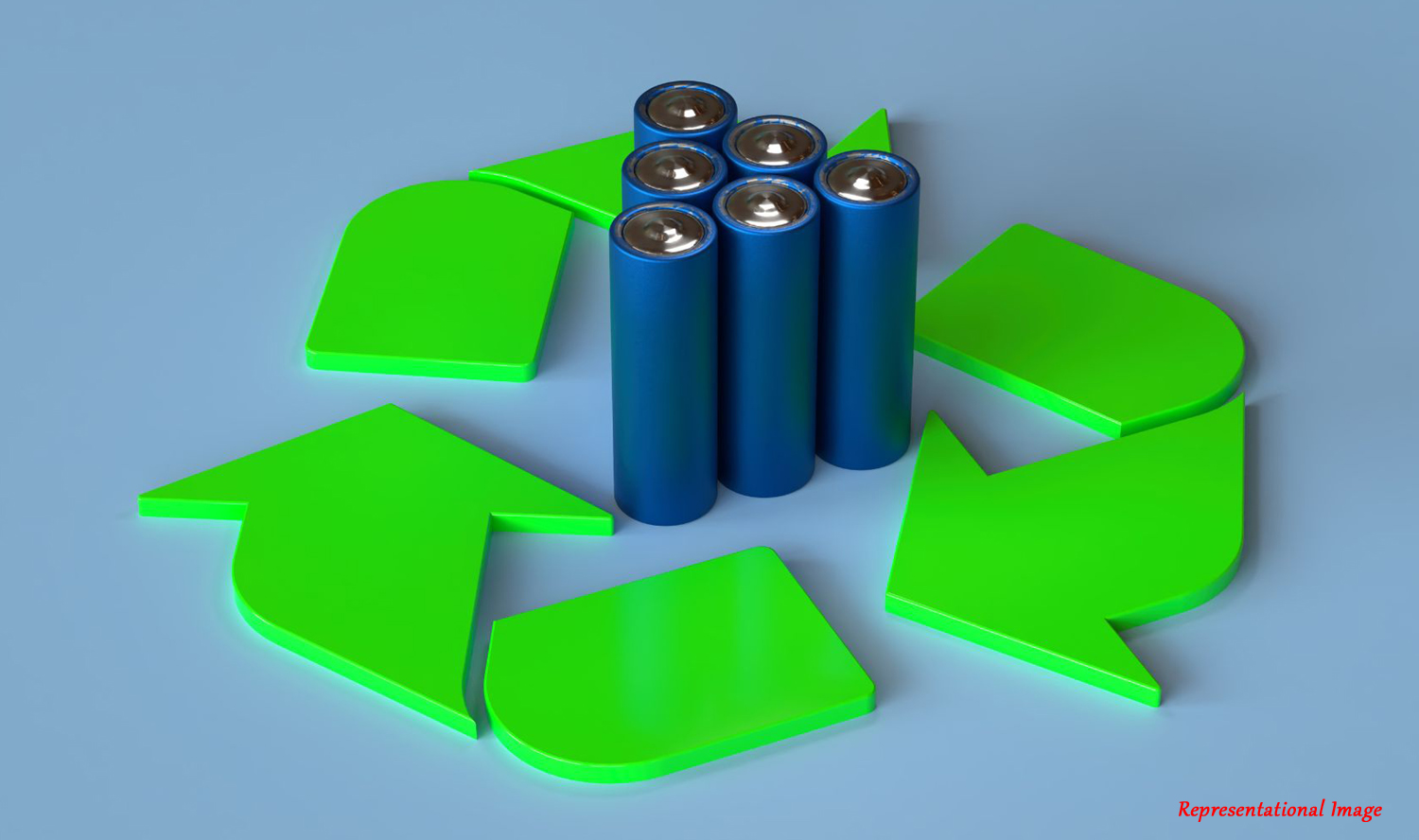
Hydrogen storage is very important as it can serve as a clean energy source for power generation and as a fuel too. But storing hydrogen is a problem as it is a volatile gas. Thus metal hydride (MH) based storage systems are being used to store hydrogen as they take less energy than conventional gaseous and liquid storage in high-pressure cylinders and cryogenic coolers.
Hydrogen absorption generates a lot of heat. Because of this, the metal hydride bed’s low thermal conductivity may lead to heat buildup which could heat up the metal hydride powder and affect the hydrogen storage capacity during absorption/desorption cycles.
Thus the heat has to be transferred from the metal hydride bed. To do this, the thermal conductivity of the bed must be increased, and a heat transfer system (HTS) must be added. The combination of the two strategies improves heat transport and lowers thermal resistance.
For heat transfer, a variety of heat transmission devices have been used, including straight tubes, spiral tubes, and different fin configurations with tubes. Research has proven that using greater tube size, optimum bed thickness, and a lower coolant temperature resulted in a faster hydriding process.
It has also been seen that a greater heat transfer rate can be achieved by using fins with the tubes. Thermal resistance is reduced by using longer and thinner fins. Use of greater number of fins also boosts the absorption rate. Thus a variety of studies have been performed on using the optimum shape and thickness of fins along with the tubes. Various types of fins such as conical, curved-shape, circumferential, and pin-type have been used, with varying results.



But till now, none have actually taken inspiration from nature in designing the hydrogen storage systems. In this study, conducted by Mr. K Venkata Krishna, Dr. Vivek Pandey, and Prof. M. P. Maiya from the Department of Mechanical Engineering, Indian Institute of Technology Madras, Chennai, India, for the first time as per their knowledge, have used leaf veins of a maple leaf as their inspiration for designing fins for the hydride storage system.
In this study, the following designs of the hydride reactor were studied numerically and compared:
1. Longitudinal finned single tube reactors (LFSTR)
2. Central straight tube
3. Narrow trapezoidal channels
Three dimensional numerical simulations were performed on the above three models. It was found that the narrow trapezoidal channels offered better heat transfer performance compared to the other two models.
The proposed model based on leaf vein type design had good absorption and heat transmission properties, but it is challenging to make with standard methods. Additive manufacturing technology can be used for such a reactor design, but could be costly.
Dr. E. Anil Kumar from the Department of Mechanical Engineering, Indian Institute of Technology Tirupati, India, acknowledged the importance of this study by giving the following comments: “The Government of India had announced the Green hydrogen mission. One of the major challenges in realizing the mission is handling, storage and distribution of green hydrogen produced from renewables. Development of safe and cost-effective hydrogen storage devices is the need of the hour. The work published in the article “Bio-inspired leaf-vein type fins for performance enhancement of metal hydride reactors” is novel and interesting. Even though a lot of work has already been done on heat and mass transfer analysis of a variety of metal hydride reactors, the present proposed bio-inspired design is novel with a proven higher performance compared to other models. The analysis is well presented with detailed cause and effect discussion. This work also motivates other researchers in the field to explore many such bio-inspired designs for designing safe, portable and cost effective hydrogen storage devices.”
Article by Akshay Anantharaman
Here is the original link to the paper:
https://www.sciencedirect.com/science/article/abs/pii/S0360319922022728










